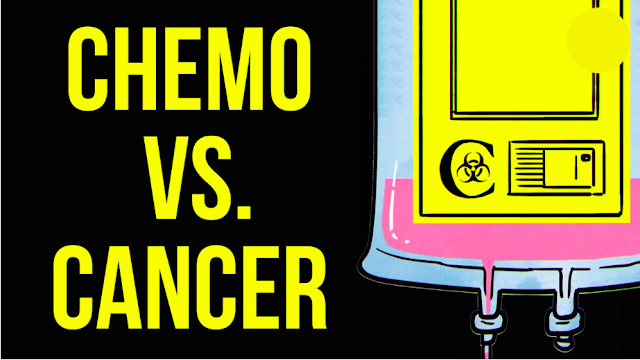A deadly yellow cloud known as mustard gas was one of the horrors of trench combat during World War I. For those unfortunate enough to be exposed, it made breathing difficult, burned their eyes, and left their skin covered in large blisters. Scientists worked tirelessly to create a countermeasure to this brutal weapon of war. In the process, scientists learned that the gas was permanently impairing impacted troops’ bone marrow, which prevented it from producing blood cells. However terrible the consequences, it did give scientists a thought.
Rapid cell replication is a trait that both bone marrow and cancer cells share. So, is it possible that a war crime may triumph in the battle against cancer? Researchers tested this theory in the 1930s by injecting cancer patients with substances made from mustard gas. By the end of World War II, they had found what are now known as the first chemotherapy medications after much time spent on research and trial and error to develop therapies that helped more people than they hurt.
There are more than 100 currently. “Cytotoxic agents,” or substances toxic to living cells, are used in chemotherapy medications, which are administered as pills or injections. In essence, these medications kill every cell in the body—even healthy ones—to some extent. But because cancer is characterised by rapidly dividing cells, they only have their most potent impact on those cells. Consider the original chemotherapy medications, known as alkylating agents, which are still in use today. They are injected into the bloodstream, where they are transported to bodily cells all throughout. Once inside, when the cell exposes its DNA to duplicate it, the DNA’s double helix structure is harmed, which can cause cell death if the damage is not repaired.
Because cancer cells grow quickly, they consume a lot of alkylating substances, and their DNA is frequently exposed and infrequently repaired. As a result, they lose their life more frequently than the majority of other cells, who have time to repair damaged DNA and don’t build up as much alkylating agent. Microtubule stabilisers are substances used in a different type of chemotherapy. Small tubes found inside of cells come together to aid in cell division and DNA replication, then disassemble. When microtubule stabilisers enter a cell, they prevent the disintegration of those small tubes. That causes the cell to be unable to finish its replication, which results in cell death.
These are only two of the six kinds of chemotherapy medications that we now utilise to treat cancer. Chemotherapy does have one significant drawback, though, which is that it destroys healthy cells that the body naturally needs to replenish quickly. Nearly as much damage is done to hair follicles, oral cells, gastrointestinal lining, reproductive system, and bone marrow. The fast creation of these normal cells makes them more vulnerable to the side effects of chemotherapy than cancer cells since they are seeking for resources more frequently. This causes a number of typical chemotherapeutic side effects, such as hair loss, exhaustion, infertility, nausea, and vomiting.
Options for managing these adverse effects are frequently prescribed by doctors, including potent anti-nausea drugs. Cold caps, which reduce head temperature and constrict blood vessels, can help treat hair loss by reducing the amount of chemotherapy medicines that reach hair follicles. The healthy tissues that have been severely harmed by chemotherapy will recover and resume their normal cellular renewal after the course of treatment is over.
More than 17 million people worldwide were diagnosed with cancer in 2018. But for many, chemotherapy and other treatments have altered their prognosis. Consider the fact that because to improvements in treatment, up to 95% of those with testicular cancer survive the disease. An aggressive blood cancer chemotherapy brings approximately 60% of patients under 60 into remission after their initial phase of treatment, including in those with acute myeloid leukaemia.
More targeted treatments that only affect the intended cancer cells are still being developed by researchers. That will increase the likelihood of survival while causing less harm to good tissues, improving one of the most effective weapons we currently have against cancer.
Related Searches:
how does chemotherapy work to treat cancer, signs chemo is working, chemotherapy side effects, how long does chemo take to shrink a tumor, how effective is chemotherapy, at what stage of cancer is chemotherapy used, how many rounds of chemo is normal, how does chemotherapy work biology.
List of Tags:
chemotherapy, cancer, cancer drugs, chemo, cytotoxic drugs, cancer cells, mustard gas, word war 1, medicine, medical research, health, public health, chemo treatment, dna, malignant tumor, radiation, treatments, cancer treatment, science, biology, human body, physiology, education, chemotherapy, chemotherapy cost, chemotherapy cost in india, chemotherapy drugs, chemotherapy for breast cancer, chemotherapy for lung cancer, chemotherapy meaning, chemotherapy port, chemotherapy process, chemotherapy side effects.



